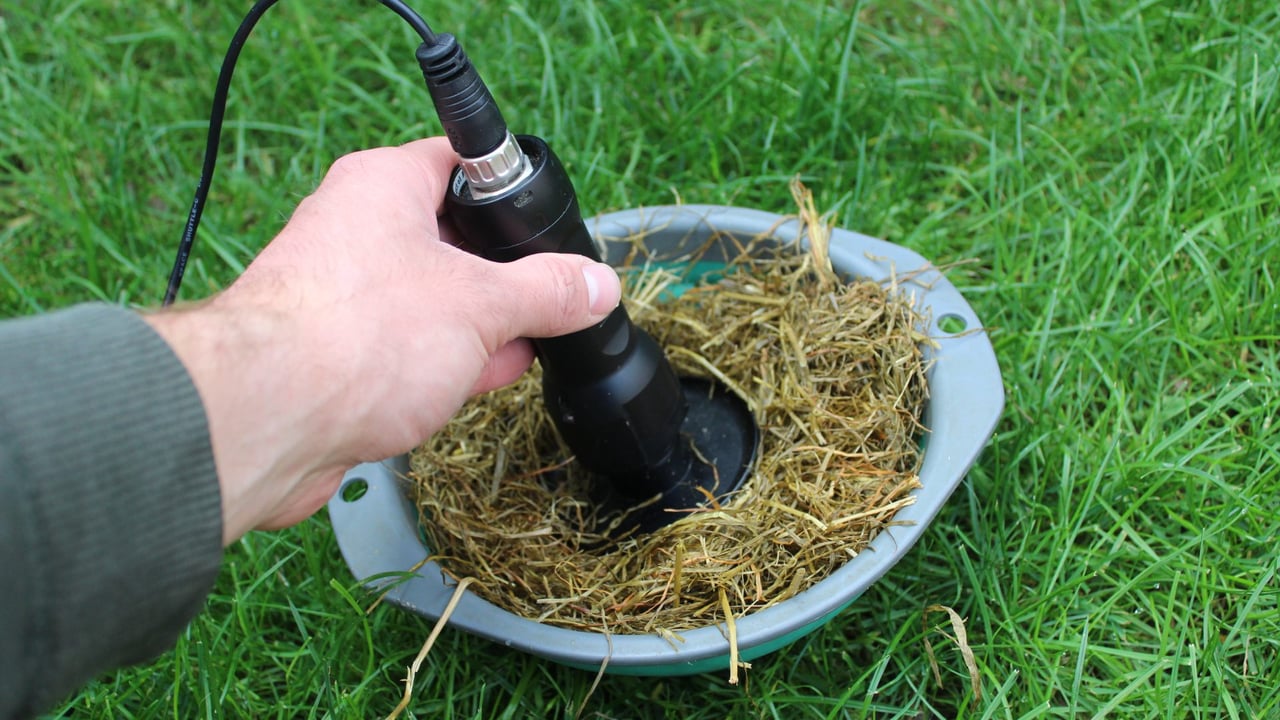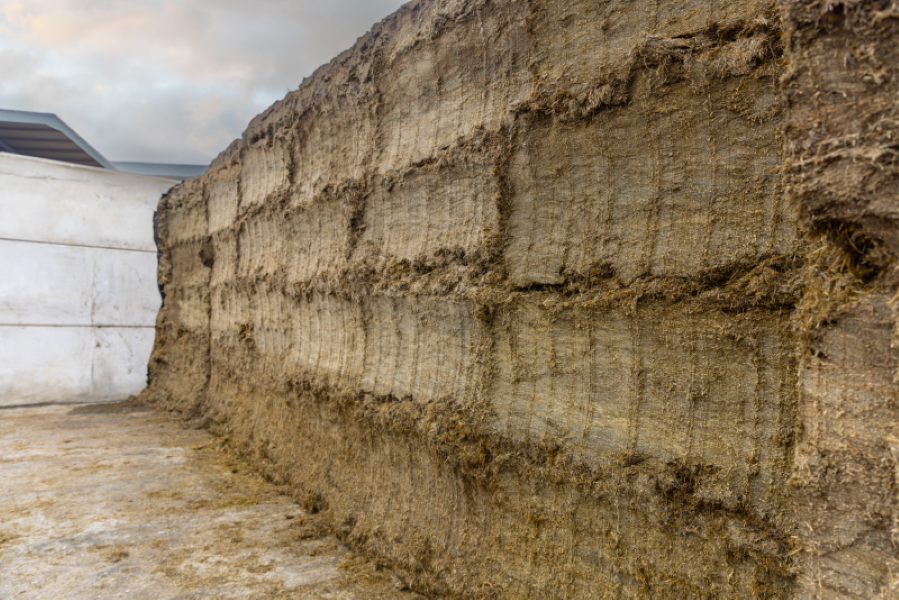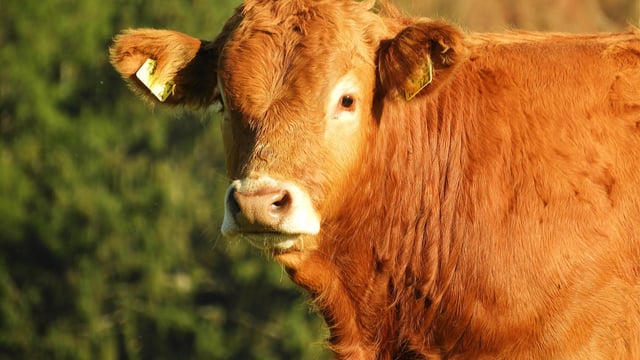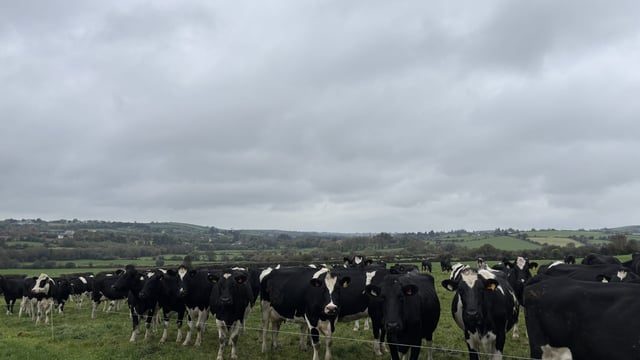Dairy advice: Time to test the winter milking herd's silage
As we gear up for the end of the final rotation, farmers should test their silage to ensure they are maximising production in the winter milking herd.
The winter milking herd will be on a primarily silage-based diet over the next few months, and testing the silage quality is important to calculate the level of concentrates or buffer feeding needed within the diet.
Having good quality grass silage in the yard should lead to adequate intakes, which in turn will allow farmers to produce quality milk while also reducing winter feed costs.
Many farmers have got into the habit of testing silage at this time of the year.
However, one testing is not really enough to stay on top of the animals' diet. Ideally, you should be testing silage once a month, assessing any quality changes and adjusting the diet to suit them.
The era of guessing the silage quality or having a 'fair idea' is gone, as errors in the fodder quality may lead to under- or over-feeding, ultimately influencing the herd's health, fertility and performance.
Testing silage
Many farmers may be putting off silage testing as they might still not have opened the silage pit that they plan on feeding to the winter milking herd during peak.
However, as you will want an accurate analysis of what you are going to be feeding, you can test the silage pit by opening a corner.
Once the pit is actually opened, you should be taking samples from the face of the clamp, taking 10 to 12 samples from across the whole face in a ‘W’ shape.
Ensure the samples are taken 20cm back from the exposed face to avoid any silage that has been open to the elements and potentially had its dry matter (DM) affected.
It is also advised to keep away from the top 50cm of the clamp where it may be deteriorated.
Once you have the samples take, put them into a clean bucket and mix well, empty the bucket onto a clean area of ground and mix again before filling the sample bags. Removing all air before sealing.
When taking samples from bales, follow the same steps in terms of mixing and bagging, however ensure to take the samples from five different bales, once again, staying away from the top layer.
Some people test the samples on-farm while others send it away. However, if you are posting the sample, ensure you do so early in the week so it is not left to degrade over the weekend.
Results
Dry matter digestibility (DMD) is one of the main measures you will be looking at, as the digestibility of the silage will greatly affect intake, and therefore production and energy levels.
DMD is often affected by the cutting date, with younger grass that is cut early having a higher DMD and often being left aside for the milking herd, as they will require anywhere between 72-75% DMD.
Farmers will also be looking at DM measures, bearing in mind that silage of less than 25% DM can also lead to poor intakes.
Farmers will also be looking approximately 0.83-0.88UFL and crude protein (CP) levels greater than 14%.
If these figures are good, the PDIE should also be good, giving you a metabolisable energy supply of 80g/kg.
When ash levels are above 10%, intakes may be affected, while potassium (K) levels above 2.2% may result in milk fever, especially around calving.
If all of these figure are being met, you will have a pit of good quality silage with an intake value in or around 105g/kg.
If not, you will have to plan substitutions accordingly.






